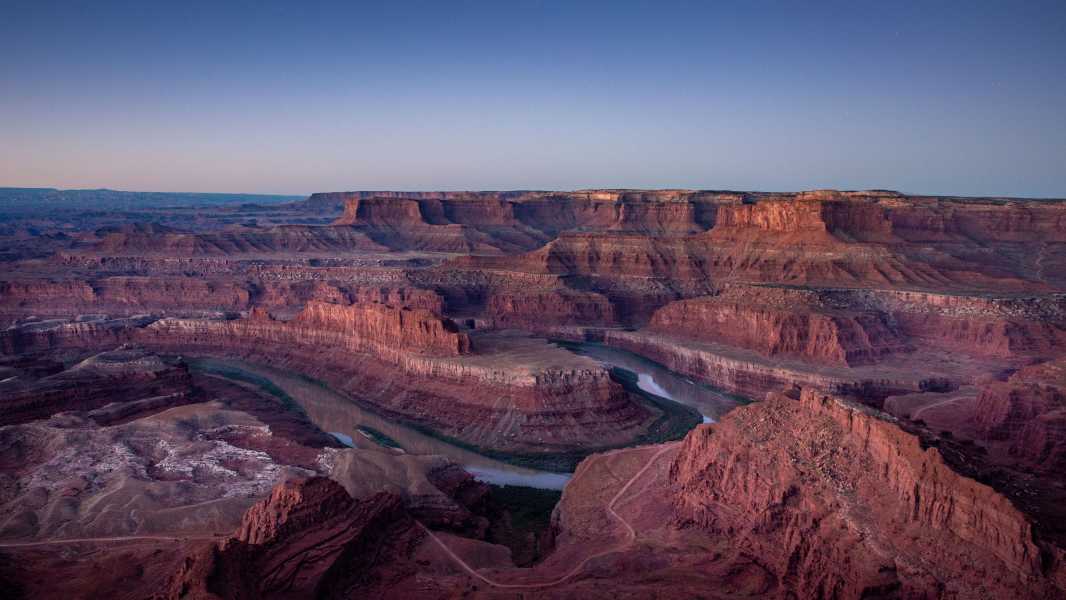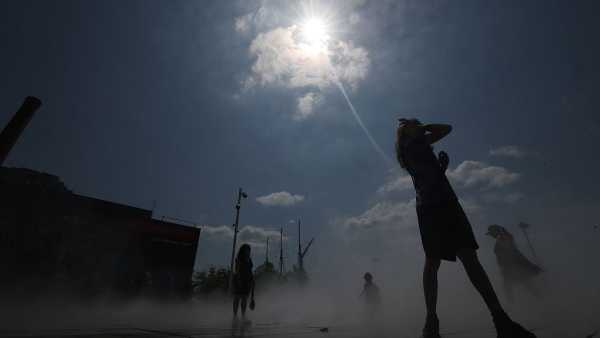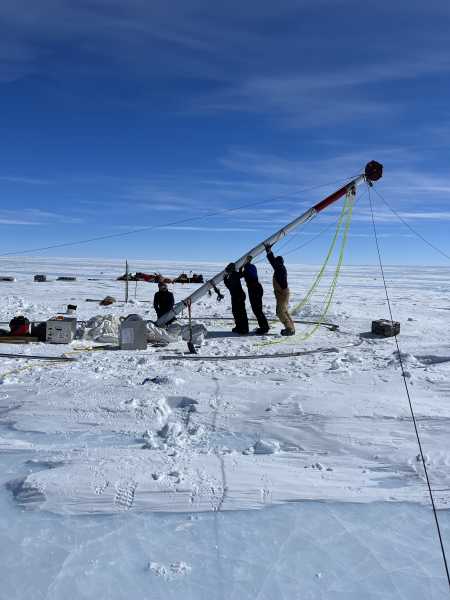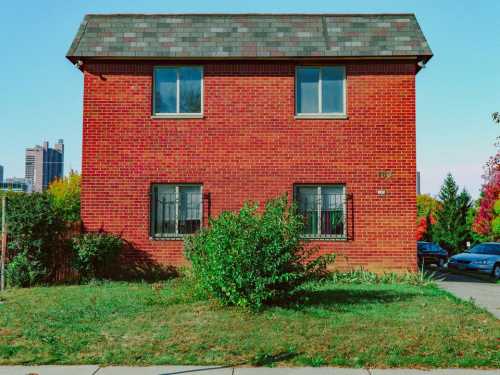
The Colorado River basin provides water to approximately 40 million people. (Photo credit: George Rose/Getty Images)
New satellite data indicate that the Colorado River Basin has seen significant declines in groundwater supplies over the past few decades, with some studies suggesting they could run out by the end of the century.
Is this really true? And if so, what can be done to prevent this situation?
Despite the depletion of groundwater, complete depletion is unlikely. However, further depletion of the basin could cause the groundwater level to drop to the point where it becomes virtually inaccessible, Live Science reports.
You may like
- Climate wars are coming and they will change the nature of global conflicts
- Satellite study reveals fastest-losing US city
- Nearly 2 billion people could face changes in precipitation if the planet continues to warm
A huge watershed
The Colorado River flows through seven U.S. states (Wyoming, Colorado, Utah, New Mexico, Nevada, Arizona, and California) and two Mexican states (Baja California and Sonora). About 40 million people, including residents of Phoenix and Las Vegas, depend on it for water. However, as surface water supplies have been depleted over the past 20 years—reaching historic lows—more people have begun to withdraw groundwater for agriculture.
To better understand the amount of groundwater being extracted, Jay Famiglietti, director of the Arizona Water Innovation Initiative at Arizona State University, and his team turned to satellite data from NASA’s Gravity Recovery and Climate Experiment (GRACE) and GRACE Follow-On. These satellites monitor changes in Earth’s gravity field to measure fluctuations in water storage both above and below ground, and when combined with data on snowpack, surface water, and soil moisture, they can estimate the extent of groundwater depletion.
The researchers calculated that about 28 million acre-feet (34 cubic kilometers) of groundwater have been extracted from the Colorado River basin since 2003. That's about the same volume as Lake Mead, the largest reservoir in the U.S., located behind Hoover Dam on the Colorado River. The study was published May 27 in the journal Geophysical Research Letters.
About three-quarters of groundwater depletion occurs in the lower basin, mostly in Arizona, where water is pumped from desert aquifers to irrigate farmland, according to the study. In these largely rural areas, farms are typically not connected to municipal water systems and instead rely on water pumped from wells on their properties. Because the wells are private, there are often no municipal, county or state measurements of how much water is being used.
Famiglietti and his colleagues estimate that groundwater losses in the basin average more than 1.2 million acre-feet (1.5 cubic kilometers) annually, and if the trend continues, it could lead to water shortages and reduced food production.
“We are at a critical stage where drilling into the aquifer is becoming increasingly expensive and water quality is deteriorating,” Famiglietti said.
Numerous wells in the area have dried up. The collapse of aquifers has led to soil subsidence and the formation of tr
Sourse: www.livescience.com





